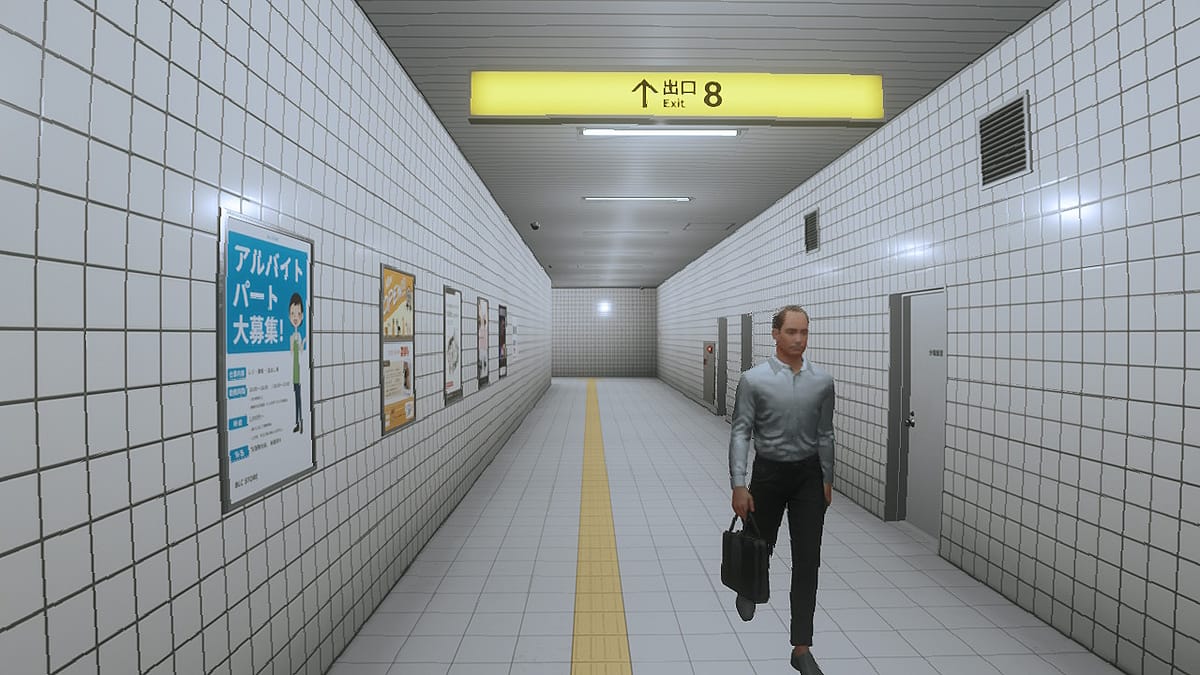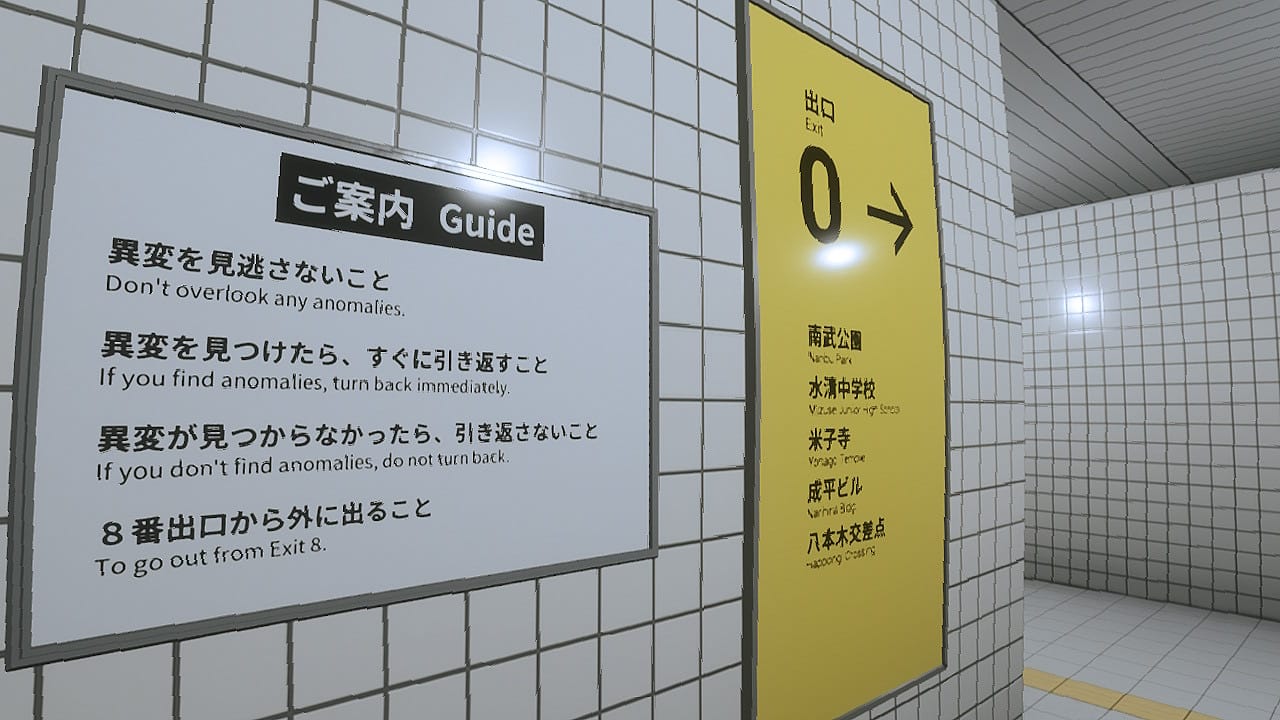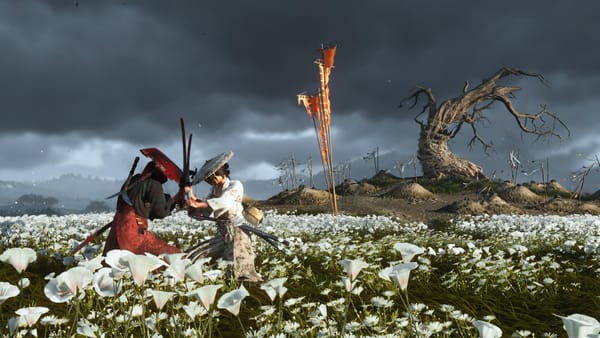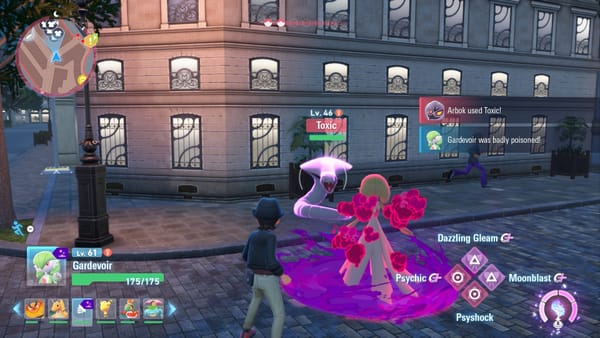The Exit 8 is out now on Switch and you should play it
A game that doesn’t shy away from its limitations, but embraces them.

Many of my favorite games are set in large, open worlds. I’ve spent hours ignoring the story and other side-quests in Vice City, Hyrule and Kamurocho just to go off the main path and explore. It’s not even about finding secrets: I love poking away at the fringes, finding hidden details, figuring out how the world works.
But one of my favorite games of last year, The Exit 8, was not set in a large, open world: it’s set in a single subway corridor. Okay, it’s a corridor of possibly infinite length and one that may well but haunted, but it’s still a single subway corridor.
The Exit 8 (Steam link) is now out on Switch and I can’t recommend it enough. It’s a brilliant little game, one that isn’t bound by its limitations but instead embraces them.
The setting is familiar to anyone who’s visited Tokyo. You’re standing in a short underground corridor. Clean white tiles make up the floor and walls, with small advertisements on one side. The other wall has a few of those oddly small maintenance doors and what looks like a panel hiding firefighting equipment. A middle-aged man with a briefcase rounds the corner ahead, striding towards and eventually right past you without a word.
Above the corridor there’s a yellow sign with an arrow pointing ahead to Exit 8. Your task is to make your way to Exit 8. This seems simple enough, since this isn’t a maze: there are no split paths, no optional detours from the corridor. There are a couple of corners on either side of the corridor, but that’s it — this is the entirety of the game’s setting.
The rules of the game, laid out on another subway sign, are simple:
- Do not overlook any anomalies.
- If you find anomalies, turn back immediately.
- If you don’t find anomalies, don’t turn back.

Hang on, anomalies? Yup. Sometimes, the corridor will be exactly as I described above. Other times, it… won’t.
If the corridor somehow looks different, if it looks off somehow, that’s your signal to turn back and walk the other way. Doing so reveals another copy of the corridor, but this time with a sign counting up: it starts as Exit 0, and goes up with every corridor you successfully navigate, turning away from the “anomalies” and continuing on through the normal passages, until it reaches Exit 8. Get one wrong, and it resets back to Exit 0, forcing you to start again.
I won’t spoil the anomalies. Some test your powers of observation. Some test your reflexes. Others… if you’re not a fan of horror games, rest assured that there aren’t many jump scares, but there are a couple.
And that’s it. That’s the game. It’s short; you can finish it in as little as fifteen minutes, and successfully viewing all the anomalies only takes around an hour. (It also costs less than US$4, so you aren’t paying a premium price.) But it’s a smart and unique experience, one where the lack of scale is actually a strength.
In this age of hyper-real graphics and massive worlds, I am continually amazed that some games are possible at all. The scale and detail of GTA VI is staggering; watching the trailer, it blows my mind that someone (or many someones) had to make every little thing you see. Someone had to make every building; had to build the structure, paint the surface, make sure its physical properties allow it to look right in various lighting or weather conditions. And they had to do that with the cars too, hundreds of different kinds of car. And people. Seagulls? Coffee cups? Jewelry? Somewhere, someone had to build all of that. It’s no wonder that the last Assassin’s Creed game was developed by fifteen different studios inside Ubisoft. And it’s no wonder that industry figures often say that AAA game development is unsustainable.

Here lies the beauty of The Exit 8. It’s made by a small indie developer in Japan; I don’t know how many people work at Kotake Create, but it’s clear that it’s a small company. They probably can’t build a world of any decent size or scale. And so they built a subway corridor, a single one. Instead of trying to obscure that, or trying to fake it as part of a larger world, they double down on that one corridor, forcing you to commit it to memory, asking you to remember it well enough to spot the minor variants that appear your game randomly.
It’s a smart way for a small developer to build a game. Being set in one seemingly simple corridor isn’t a limitation; it’s the whole point. The Exit 8 just wouldn’t work as a sprawling, massive open world. It works just the way it is, and that's why it's worth playing.





